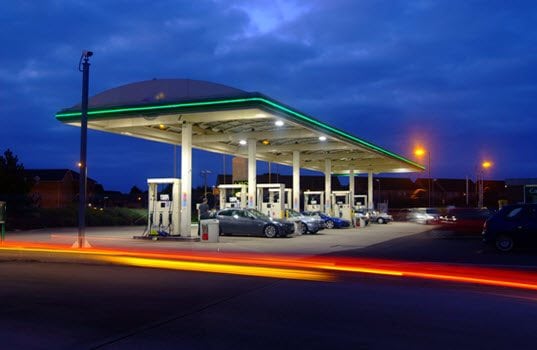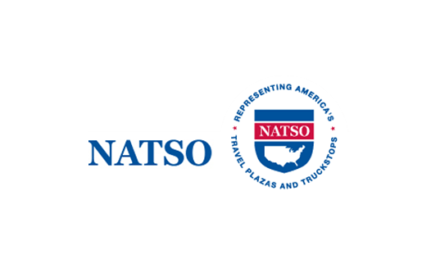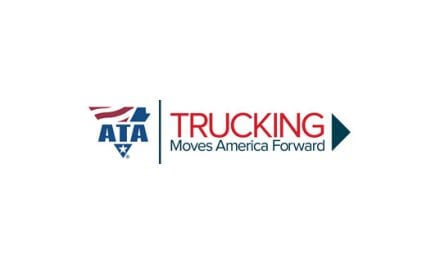Two great professionals have excellent observations for our industry today:
- “I do not skate to where the puck is; I skate to where it is going.” — Wayne Gretsky
- “I would rather be a mediocre operator in an expanding business, than an outstanding operator in a shrinking business.” — Warren Buffet
These statements underline the importance of strategy for all businesses, but especially for transportation fuel marketing today. Increasing café standards, new fuels including electric and natural gas, the withdrawal of integrated oil from downstream marketing and the dynamic changes in supply and distribution from refinery closures, terminal consolidation and changing import and export patterns are but a few of the factors making life complicated for the independent marketer. We have always dealt with government induced uncertainty, but the renewable fuels standards and RINs have taken it to another level.
As an industry, independent fuel marketers have had various inflection points in the past —fuel rationing, Petroleum Marketing Practices Act legislation, unleaded fuel, low sulfur, reformulated fuel — when it was vital to our survival and prosperity to get a deep understanding of the conditions. We are at that point again.
With the removal of integrated oil support, the rise of big-box retailers and super regionals the independent marketers may be facing their biggest challenge. The Society of Independent Gasoline Marketers of America has created the “Fuel Foundation” to address these challenges. I personally have resigned from my position as CEO of one of those super regionals, the Cumberland Farms Gulf Oil Group, because I believe that while there are great challenges facing the independent fuel marketer there are great opportunities for creating new businesses that address those needs. Such is the case with all great inflection points.
These opportunities include (and the Fuel Foundation will address):
1. Real Estate. This includes site selection, disposition, construction and management.
2. Financing and capital structure. The deployment of well-sourced capital is considered by many to be the most critical operation in business.
3. Information technology. This is not your father’s IT department anymore. Using social media to drive traffic, differentiate pricing, manage loyalty programs, lower credit card costs and manage shrink (as well as capture customer information) is a key differentiator for sustainable success.
4. Understanding the economics of alternate fuels. With long-term natural gas supply, transport fuels are almost certain to be under $2 per gallon equivalent. Add in the possibility of a carbon tax and it is only a matter of time before up to 25% of the fleet is natural-gas powered. Add in over 10 million electric vehicles and we could see the number of petroleum-powered vehicles in the United States under 200 million for the first time since the 1930s.
5. Irrespective of the amount of petroleum powered vehicles, the complexity of sourcing fuel has never been greater. The increasing domestic supply of crude and possible resurgence in domestic refining, as well as shifting trade patterns and pipeline economics, make understanding supply and distribution more important than ever.
6. Site operations. Fuel marketing is tied to convenience retailing, but convenience retailing may be facing challenges even greater than fuel marketing. Site operating costs, tobacco declines, vendor comparative strength and HR issues are all critical to surviving. Developing a food and beverage program as well as programs to compete with cross-channel competitors is essential.
7. It does appear that the market is driving to 100,000 fueling locations, with a handful of giant operations like 7-Eleven and Couche-Tard, and some 20 super regionals of around 1,500 each (Casey’s, Wawa, Cumberland Farms, Quick Trip, etc.) at the top end. The 1,500 number derives from distribution and management constraints. On the lower end are about 40,000 operators who range from a single site to 30 sites. Without corporate support in some fashion, these 40,000 will be absorbed by nationwide aggregators or super regionals. To survive either get big, get in a network (the new name for a brand) or you will likely go away.
How independent fuel marketers meet these challenges and seize these opportunities will define our collective future. In conclusion, to my partners and investors I have used a wedding analogy (since my daughter recently got married). Four our industry it will be:
- Something old—The convenience fuel marketer as a “general store” and a central community service provider.
- Something new—Using social networking and big data to turbocharge retailing.
- Something borrowed—Best practices and information exchange is central to SIGMA and NACS.
- Something blue—Franchise laws fall under “Blue Sky” legislation, and increasingly franchise or employee-owned operations will be the exceptional performers.
 Joe Petrowski has had a long career in international commodity trading, energy and retail management and public policy development. In 2005, he was named President and CEO of Gulf Oil LP and elected to the Gulf Oil LP Board of Directors. In October of 2008 he was named CEO of the now combined Gulf Oil and Cumberland Farms whose annual revenues exceed $11 billion and that now operates in 27 states. In September 2013, Petrowski stepped down as CEO of The Cumberland Gulf Group. He is now managing director of Mercantor Partners, a private equity firm investing in convenience and energy distribution.
Joe Petrowski has had a long career in international commodity trading, energy and retail management and public policy development. In 2005, he was named President and CEO of Gulf Oil LP and elected to the Gulf Oil LP Board of Directors. In October of 2008 he was named CEO of the now combined Gulf Oil and Cumberland Farms whose annual revenues exceed $11 billion and that now operates in 27 states. In September 2013, Petrowski stepped down as CEO of The Cumberland Gulf Group. He is now managing director of Mercantor Partners, a private equity firm investing in convenience and energy distribution.









